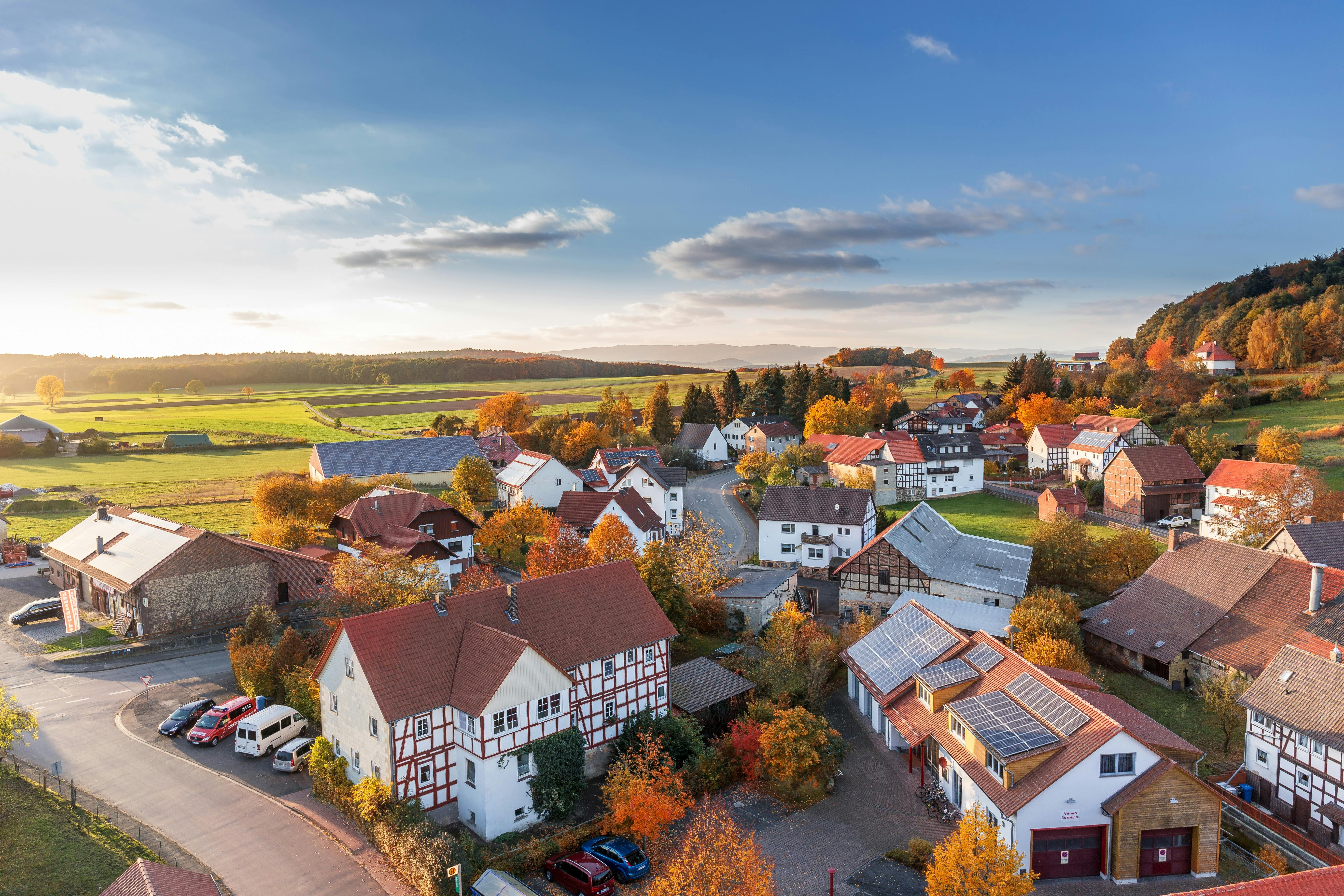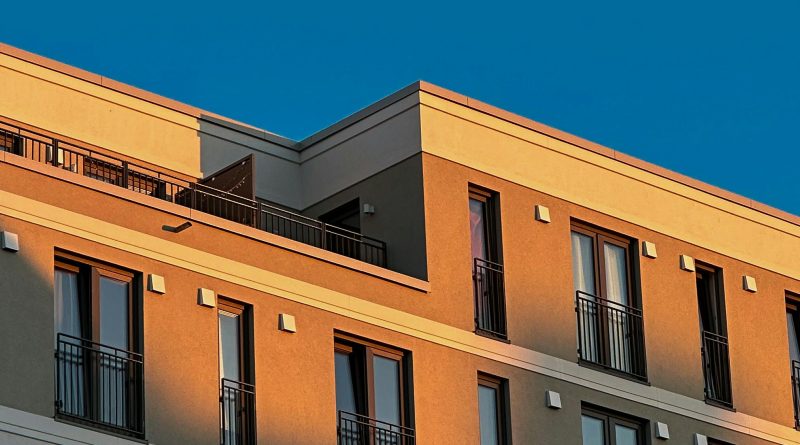Revolutionizing Living Spaces: The Rise of Energy-Efficient Housing
As the world grapples with climate change and rising energy costs, the importance of energy-efficient housing has never been more pronounced. These homes not only contribute to a sustainable planet but also offer significant savings on utility bills, making them an increasingly popular choice for eco-conscious homeowners. In this detailed guide, we’ll explore what makes a home energy-efficient, the benefits, and how you can make your space more energy-saving.
- What is Energy-Efficient Housing?
- Benefits of Energy-Efficient Homes
- Key Features of Energy-Efficient Housing
- Costs and Savings
- Getting Started with Energy-Efficient Housing
- Conclusion
What is Energy-Efficient Housing?

Energy-efficient housing is designed to reduce unnecessary energy consumption, greenhouse gas emissions, and its environmental impact. These buildings use less energy than conventional homes because of their renewable energy sources and better insulation. By focusing on sustainability, energy-efficient homes maintain their utility through solar panels, energy-efficient appliances, and materials that enhance insulation.
Benefits of Energy-Efficient Homes

The advantages of energy-efficient housing extend beyond reducing energy bills. They also improve indoor air quality and overall comfort. The tight seals and advanced HVAC systems in these homes minimize drafts and help maintain a consistent temperature. Moreover, investing in energy-efficient housing increases property value, making it a wise financial decision as well as an environmentally friendly one.
Environmental Impact
Energy-efficient homes play a crucial role in combating climate change. By using less energy, these homes produce fewer carbon emissions, contributing to a healthier planet.
Health Benefits
Improved air quality and better humidity control contribute to better health for the occupants, reducing problems associated with mold and mildew.
Key Features of Energy-Efficient Housing
To achieve energy efficiency, these homes include several key features such as enhanced insulation, energy-efficient windows, and advanced heating and cooling systems. Solar panels and smart home technologies also play a crucial role in reducing energy consumption.
Insulation
Proper insulation in walls, attics, and floors minimizes the loss of heat during winter and keeps the home cool in summer.
Energy-Efficient Appliances
Appliances like refrigerators, washers, and dryers that have a high Energy Star rating consume less electricity and perform more efficiently.
Costs and Savings
While the initial cost of building or remodeling a home to be energy-efficient can be higher, the long-term savings on energy bills can be substantial. Additionally, many governments offer tax incentives for energy-efficient home improvements, which can help offset the upfront costs.
Getting Started with Energy-Efficient Housing
Beginning with energy-efficient housing involves evaluating your current home’s energy use and considering aspects such as location, climate, and available resources. Hiring professionals who specialize in green building and sustainable design can provide guidance and help you maximize your home’s potential for energy efficiency.
Conclusion
Energy-efficient housing is not just a trend but a substantial shift towards sustainable living. By understanding the features and benefits of energy-efficient homes, homeowners can make informed decisions that benefit both the environment and their wallet. Consider how you can integrate these practices into your home, and take a step towards a greener future today.
Explore the benefits of energy-efficient housing, key features, and how to implement sustainable practices in your home for a greener, cost-effective future.

